This article explains how to install XAMPP on Ubuntu 24.04.
XAMPP is a free and open-source cross-platform web server solution stack package developed by Apache Friends. It consists primarily of the Apache HTTP Server, MariaDB, and interpreters for scripts written in the PHP and Perl programming languages.
XAMPP stands for X: [Cross-platform], A: [Apache], M: [MariaDB], P: [PHP] and P: [Perl].
This application allows you to create and run a PHP-based website and app from a single installation, eliminating the need to install each component separately.
Download XAMPP
XAMPP is a single Apache distribution containing MariaDB, PHP, and Perl. Just download and start the installer.
Visit the download page and choose the version with the PHP you want to install.
wget https://sourceforge.net/projects/xampp/files/XAMPP%20Linux/8.2.12/xampp-linux-x64-8.2.12-0-installer.run
Once downloaded, run the command to make the installer executable.
chmod 755 xampp-linux-*-installer.run
Install XAMPP
Now that the installer is executable, run the command below to run the installer.
sudo ./xampp-linux-*-installer.run
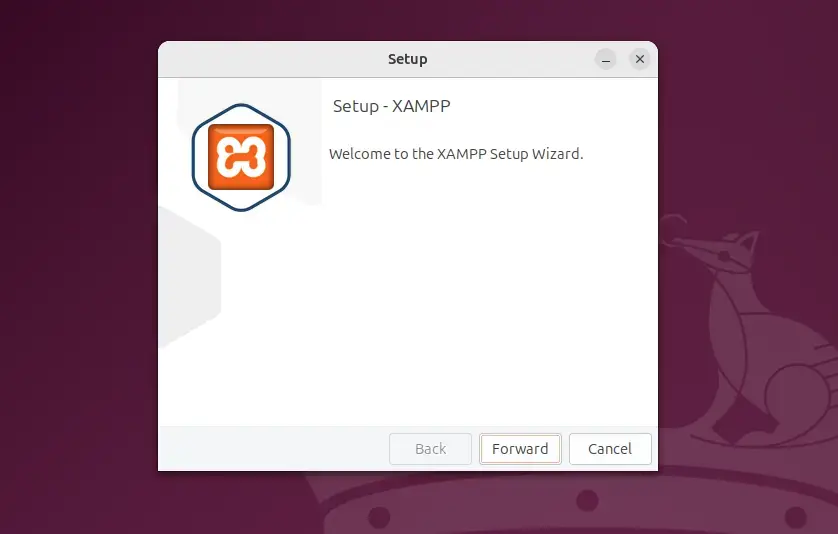
Select the XAMPP core files and developer file to install and continue.
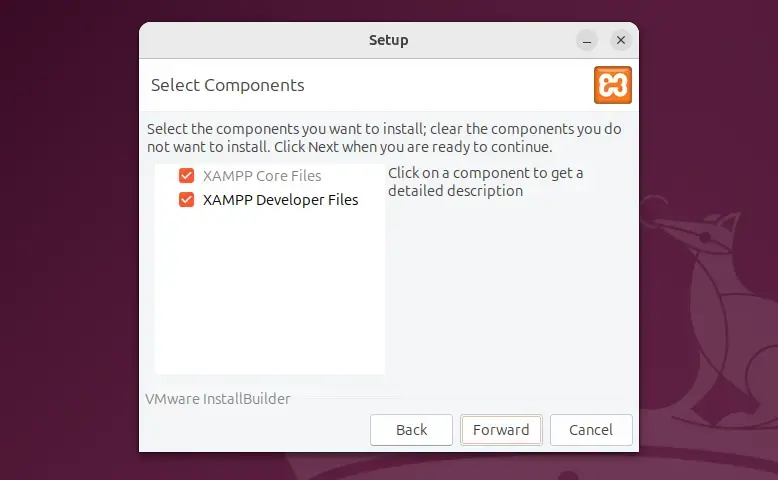
Wait for the installer to complete.
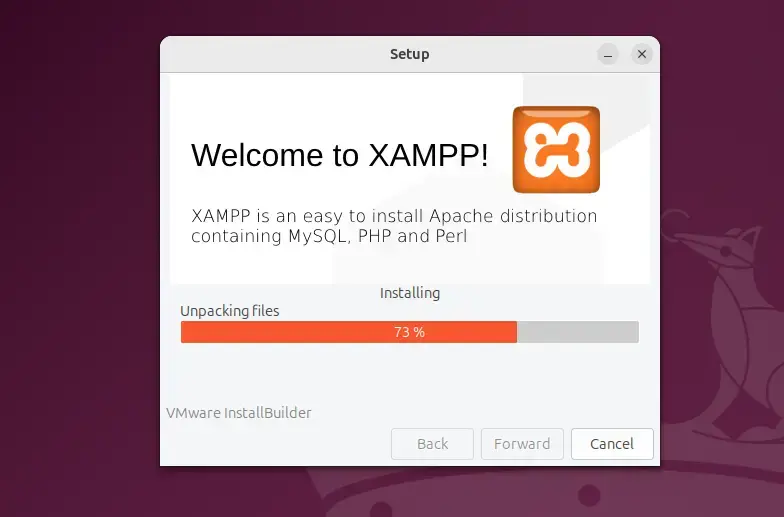
Once complete, click the Finish button to launch the app.
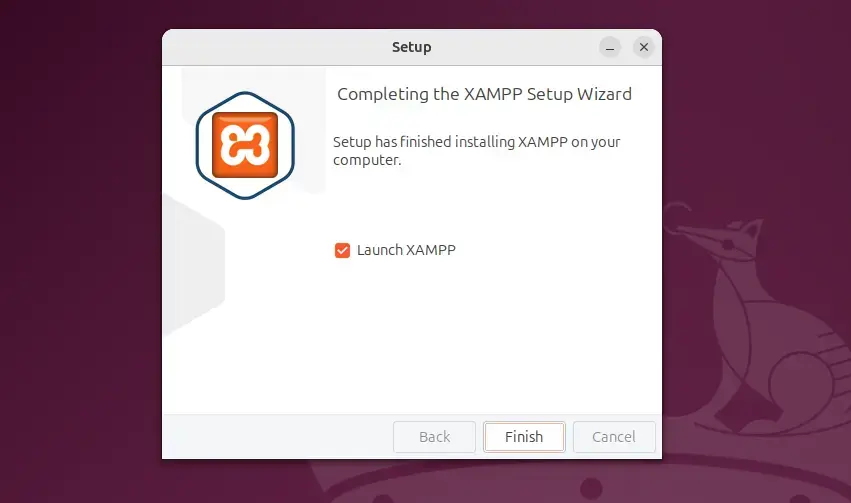
Under the Manage Servers tab, you can start and stop all the servers.
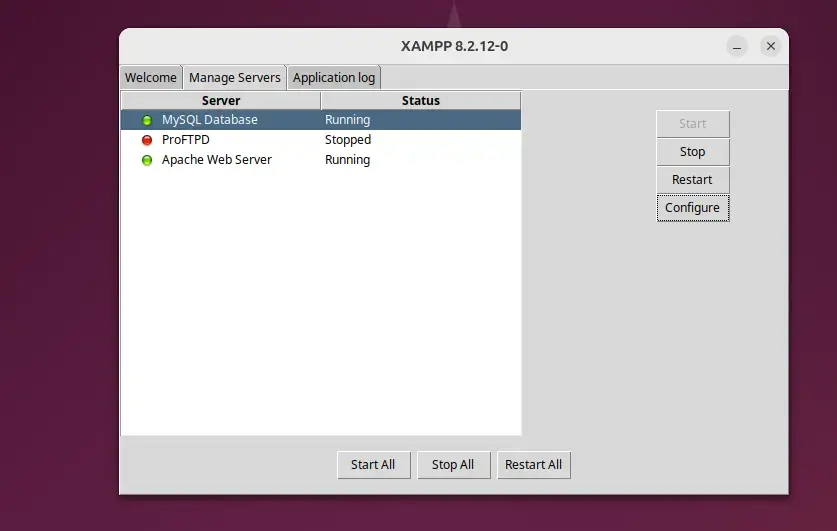
Using the command line, run the command below to start and stop all servers.
sudo /opt/lampp/lampp stop
sudo /opt/lampp/lampp start
Operation
XAMPP default directory is located at [/opt/lampp]. From there you can manage individual server and server configurations.
Browse the server IP address or hostname to visit XAMPP default Apache web page.
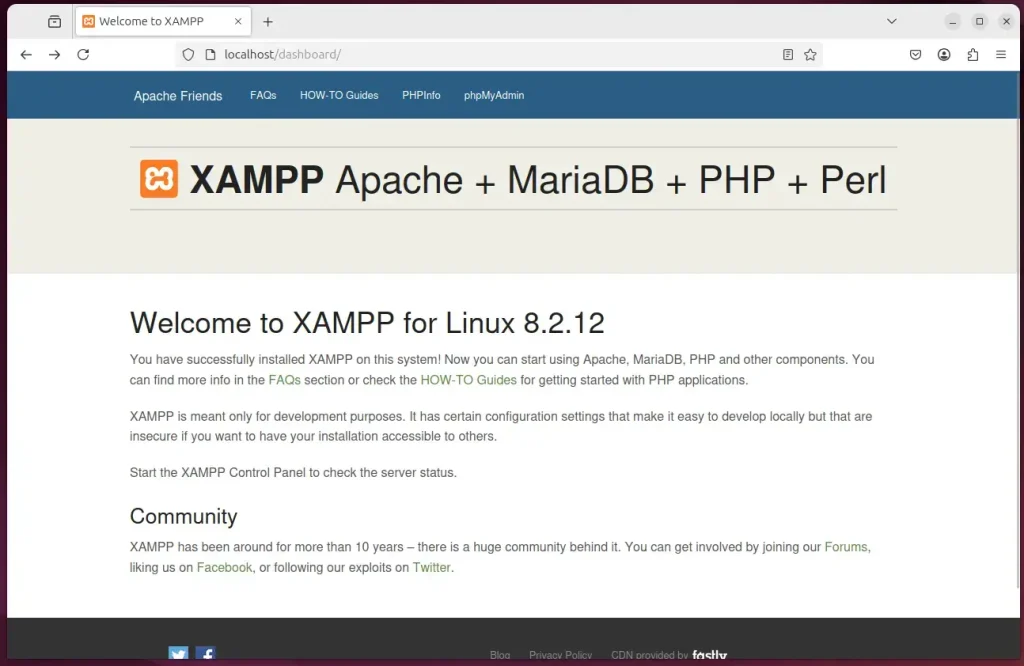
Click the PHPInfo link to display PHP info.
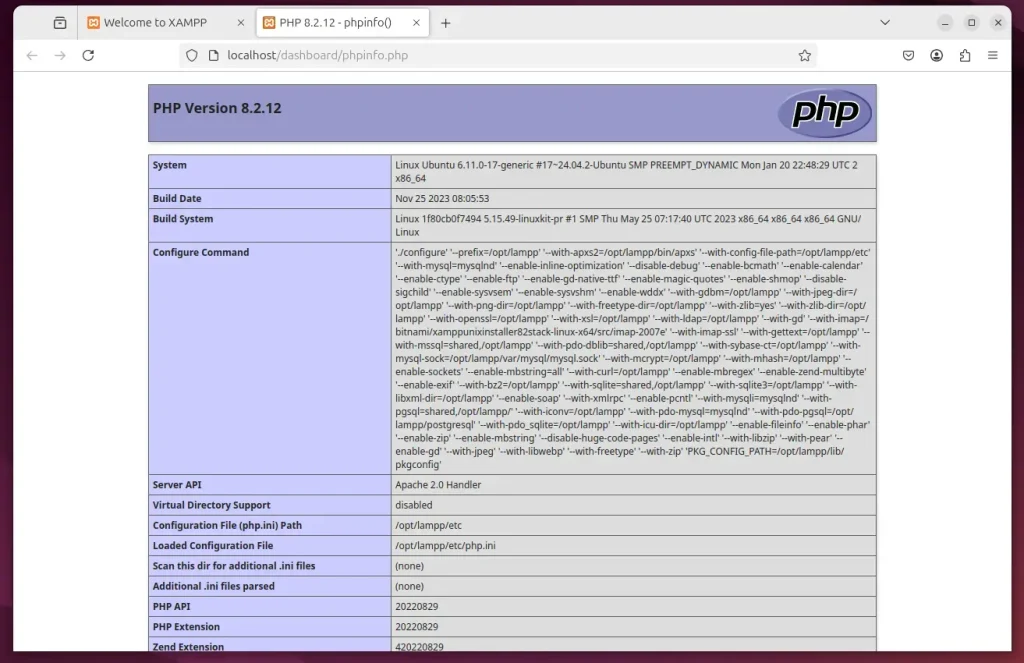
Click the phpMyAdmin link to manage MariaDB.
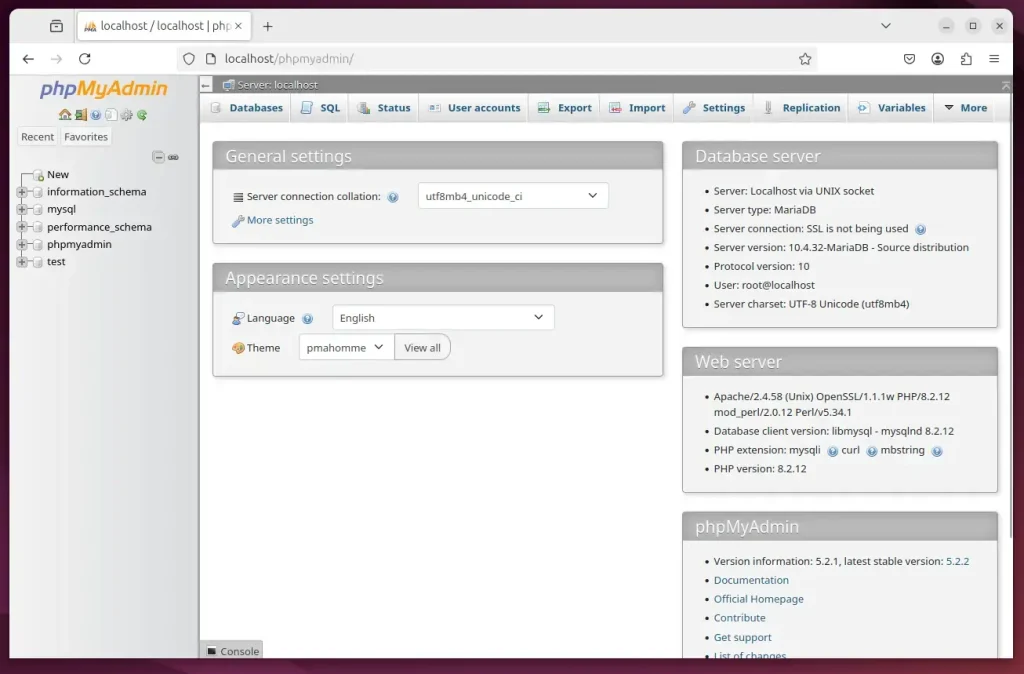
That should do it!
Conclusion:
- XAMPP provides an efficient way to set up a local server environment on Ubuntu, facilitating PHP development.
- The installation process is straightforward, requiring only a few terminal commands.
- This package includes essential components such as Apache, MariaDB, and interpreters for PHP and Perl, streamlining web development.
- Users can manage their servers easily through the XAMPP application or command line.
- With XAMPP, you can easily create, run, and manage PHP-based websites and applications from a single installation, enhancing developer productivity.

Leave a Reply